I will be investigating to find the correct swage - but in the meantime I have a hard eye and will use that and not plan on moving the cable from the front to the rear.
But back to the original question though - I put the hard eye in on the advice of the expert - but most Warn winches I have seen in car parks have a soft eye (indeed my cheap 15000lb ebay electric winch has one as well).
A soft eye on 9mm rope will fit through the fairlead housing and the chassis pulleys. If soft eyes are a "no no" why would a company like Warn and my no name winch company use soft eyes.
If a soft eye is a strong as other methods then I could stop searching for the correct swage and just put in a soft eye.
Garry
REMLR 243
2007 Range Rover Sport TDV6
1977 FC 101
1976 Jaguar XJ12C
1973 Haflinger AP700
1971 Jaguar V12 E-Type Series 3 Roadster
1957 Series 1 88"
1957 Series 1 88" Station Wagon














 Reply With Quote
Reply With Quote
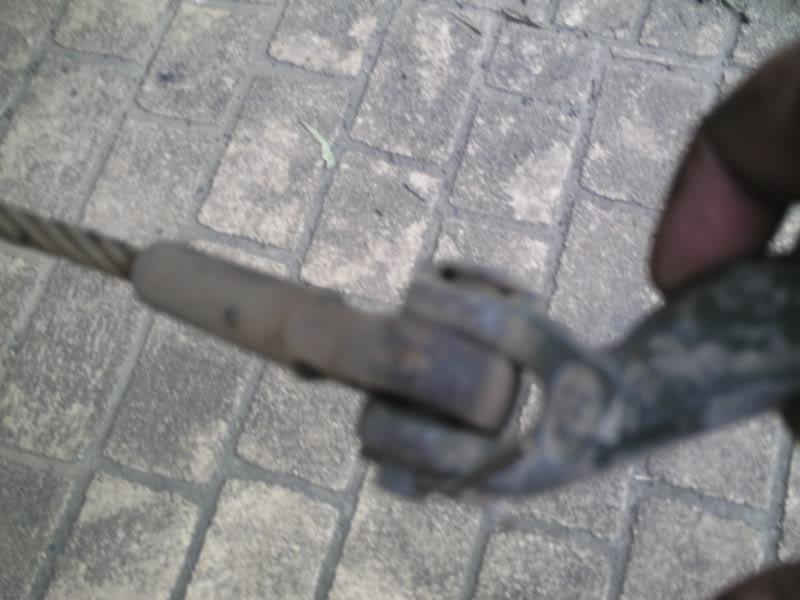
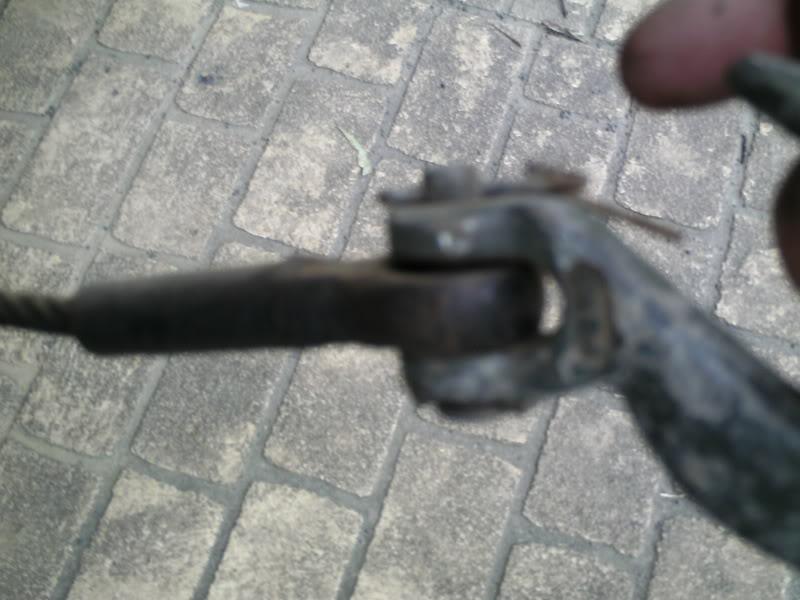


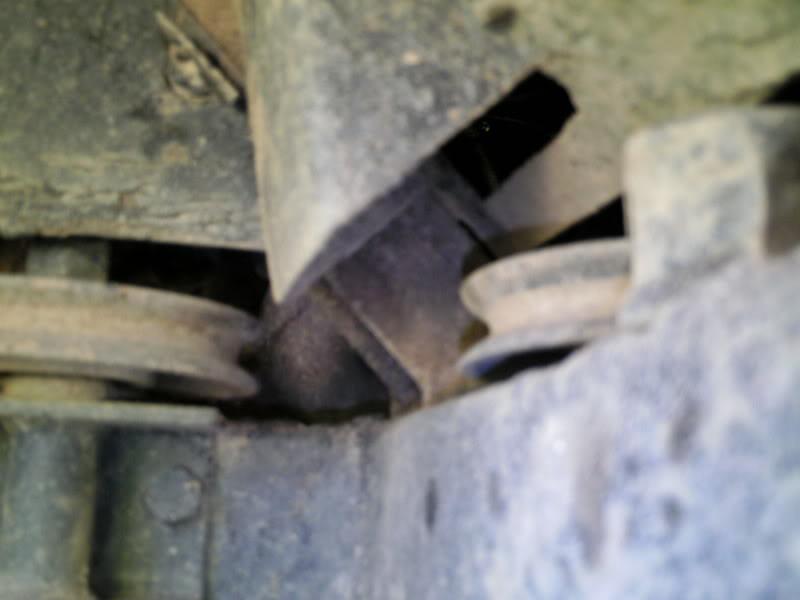
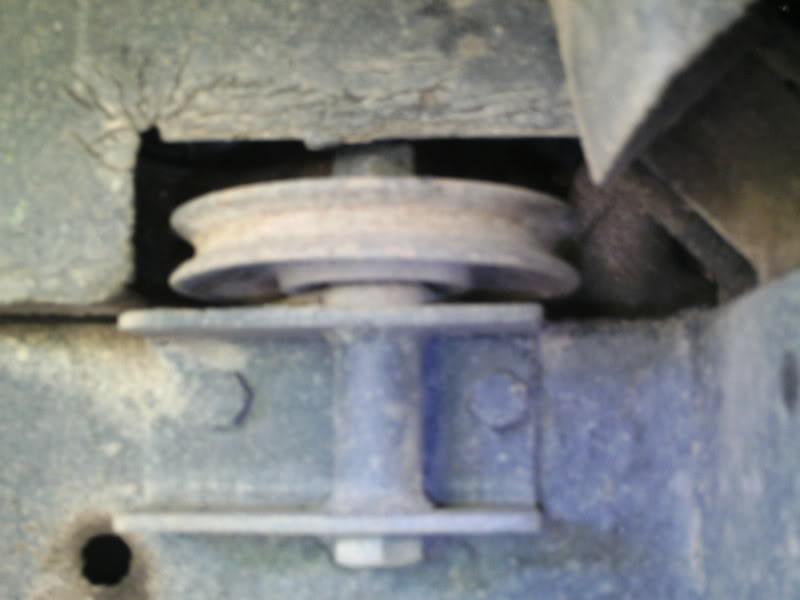

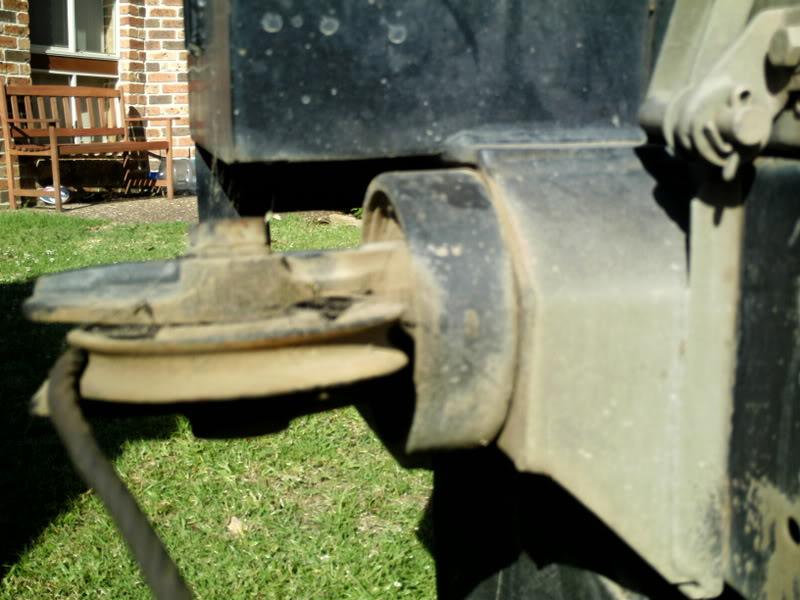
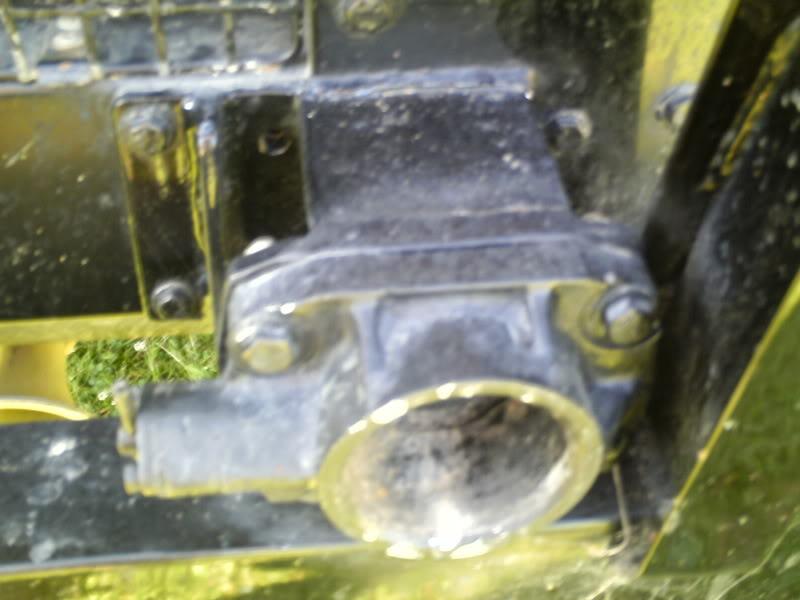


Bookmarks